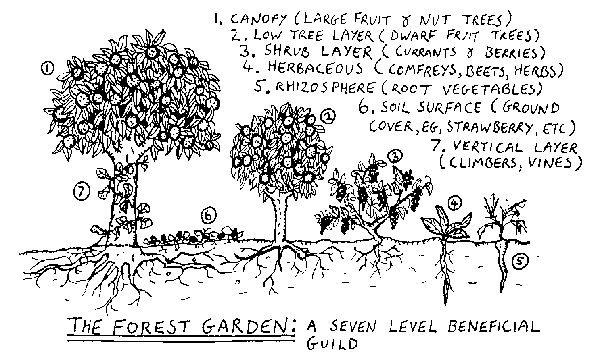


Solar Station Construction Plans by Ben Peterson -- ebook
will be released to subscribers in:
soon!







 as it's a pretty noisy grinder thingy.
as it's a pretty noisy grinder thingy.











Homesteading in Central Virginia
Our Website
 1
1




Idle dreamer




Tyler Ludens wrote:I have had no success growing peas, but fava beans grow easily for me. They become quite large plants so they might overwhelm things planted with them. I give them their own little patches, except for growing a few short-term things like leaf lettuce and radishes between the young plants.
Homesteading in Central Virginia
Our Website
 1
1





Idle dreamer




So... does anyone here eat the leaves and new shoots?
I'm thinking about favism and the anti nutrients that can be active in raw fava beans, would these also be an issue when eating the leaves? All the garden and cook books I've found so far say the leaves can be eaten raw or cooked, but I have doubts as to how many of these authors have actually tried the leaves. It may just be one of those myths that one person said and then everyone else repeats.















Sharla Kew wrote:Heyo! I made an image from the advice in this thread. Thanks to Roberta Wilkinson for letting me use her picture of fava bean flowers.




 3
3


























R Ranson wrote:
My fall planted, large bean favas are flowering already. They seem a bit short to be flowering, but the soil they are in is very poor. I'm doing my best to allow natural selection to cull any beans that can't make it in marginal land. I've lost about 5% over the winter...


















 1
1
















Bond, D.A. Recent developments in breeding field beans (Vicia faba L.). Plant Breed. 1987, 99, 1–26. wrote:Reported values for cross-pollination range from 10 to 70%.
 1
1















R Ranson wrote:That's great news. Given how popular the favas are with the bees, I think promiscuous pollination is the easiest way for me. Next year, big and small seed will alternate rows.
It's so exciting. A delicious, yet decorative staple crop that I can grow in the flower bed.
 1
1




Casie Becker wrote:
R Ranson wrote:That's great news. Given how popular the favas are with the bees, I think promiscuous pollination is the easiest way for me. Next year, big and small seed will alternate rows.
It's so exciting. A delicious, yet decorative staple crop that I can grow in the flower bed.
So much of my gardening is done in the front yard flower beds. I've been watching this thread with interest. You've just about got me convinced to follow my eggplant/pepper bed in the front with a fall planting of favas this year. Are there any varieties you can recommend as exceptionally attractive?
 favas have captured my heart.
favas have captured my heart.











 1
1












 2
2









 5
5








Best luck: satisfaction
Greatest curse, greed




"Also, just as you want men to do to you, do the same way to them" (Luke 6:31)




Joseph Lofthouse wrote:
On my grain grinder, I am able to get a bit more space between the plates by adding a washer or two, or three, to the bolt before tightening it down.

 1
1




Inge Leonora-den Ouden wrote:Didn't know you called these 'fava beans'.

 2
2





 3
3




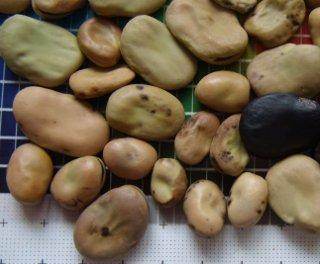
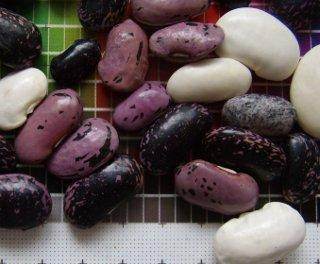
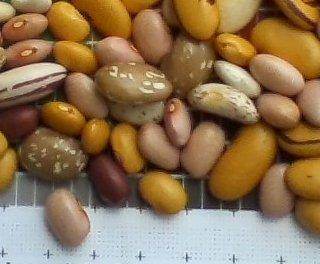
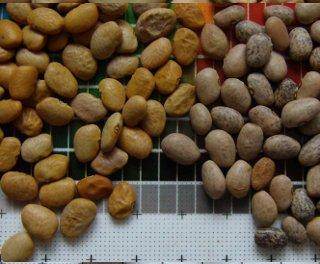








Inge Leonora-den Ouden wrote:Didn't know you called these 'fava beans'. These are beans every gardener here has in his/her veggie-garden. In Dutch they are called 'tuinbonen', meaning 'garden beans'. I thought their English name was 'broad beans'. Tomorrow I'll make a photo of my bean plants (with the white flowers with a dark spot) and post it here.







 2
2




R Ranson wrote:Plant names, especially old world plants like these, are often regional. So one village would call them one thing and another village would have a different name. These have sort of standardized over the years in English, but never quite meshed together completely.
Broad beans can refer to favas, fabas, or lima beans. Most often 'Broad Bean' refers to favas and lima beans, more of a shape than a specific bean. It's very confusing.
I'm looking forward to your photo.
 2
2




Idle dreamer

 1
1




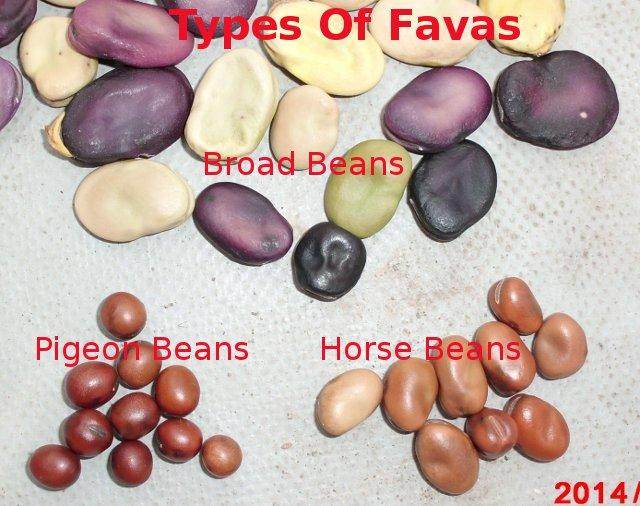
 2
2




 1
1




Marcello Fabretti wrote:All this talk about favism is strange though. Unless you have the genetic mutation, you're unlikely to have any blood issues eating broad beans,and that only seams to occur in Mediterranean and North African populations, as a consequence of an adaptation to malaria. Also a very common sight in Italy is men eating fresh broadbeans with a glass of wine as kind of aperitivo. Of course broad beans will make you windy, which can cause quite a bit of discomfort. Not something to eat before a date!






 1
1




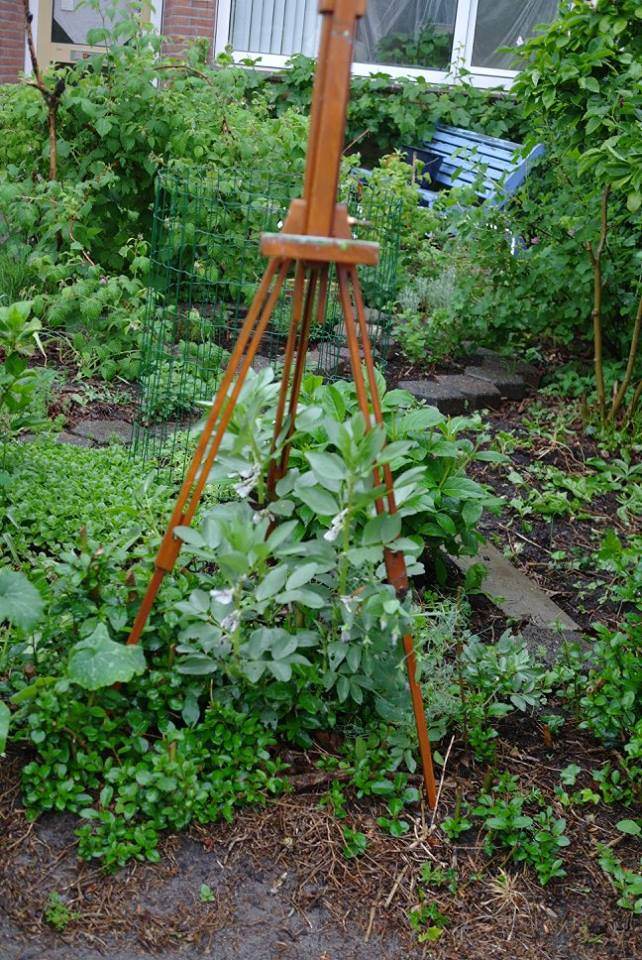
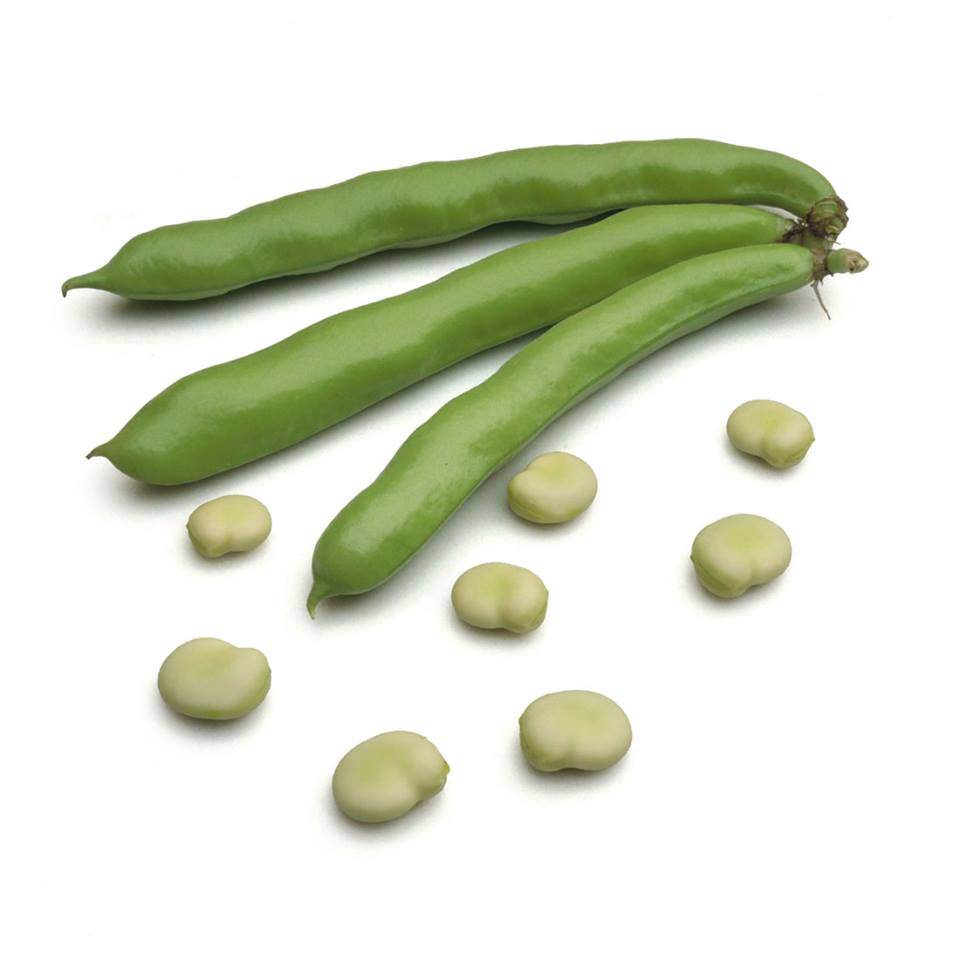
"Also, just as you want men to do to you, do the same way to them" (Luke 6:31)




I'm sure individual biology plays a big part in that response. I loves my favas and this time of the year (autumn in NZ) taking the tops out for stir fries has a double benefit, greens for the diet and divisions for the plant which wont set seed till spring anyway. Also keeps it a bit shorter and more able to handle winter winds.Joseph Lofthouse wrote:R Ranson: Ha! Because you brought it up, I remember having an upset stomach yesterday. It was mild, and passed quickly. I was wondering about what I ate to upset myself. I'm very sensitive to wheat but hadn't had any for weeks. Hmmm. Wondering if it was the raw fava leaves?

 4
4









|
Humans and their filthy friendship brings nothing but trouble. My only solace is this tiny ad:
montana community seeking 20 people who are gardeners or want to be gardeners
https://permies.com/t/359868/montana-community-seeking-people-gardeners
|


